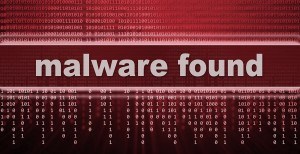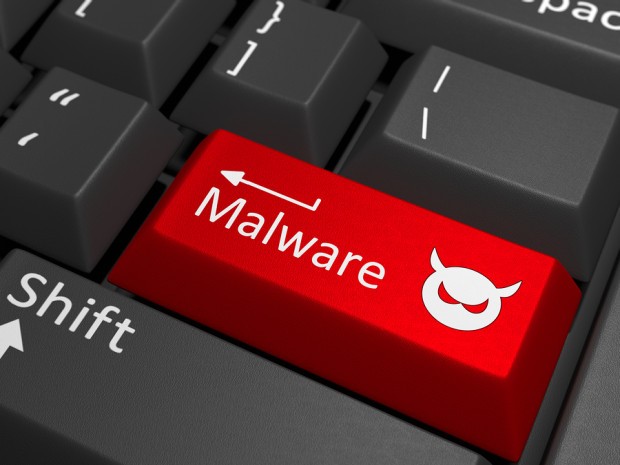 Financial institutions such as small banks and credit unions faced a huge spike in the number of hacking and malware attacks during the first six months of 2016, Beazley found in a new report.
Financial institutions such as small banks and credit unions faced a huge spike in the number of hacking and malware attacks during the first six months of 2016, Beazley found in a new report.
Hacking and malware attacks encompassed 27 percent of the breaches Beazley handled for financial institutions in 2015. That number jumped to 43 percent in the first half of 2016, Beazley said. Digging deeper, banks and credit unions with less than $35 million in annual revenue faced 81 percent of hacking and malware breaches at financial institutions in 2016, compared to 54 percent of incidents in 2015, Beazley said.
Beazley, a provider of data breach response insurance, said that its Breach Response Services division handled 955 data breaches for clients in H1 2016, 139 of which were at financial institutions. During the same period in 2015, there were 611 breaches.
Katherine Keefe, global head of BBR Services for Beazley, said that high levels of hacking and malware attacks should remind companies in multiple industries to have a plan in place that will help them respond to a data breach.
“The large increase we’ve observed in hacks aimed at financial institutions is noteworthy,” Keefe said in prepared remarks. “Small banks and credit unions that typical have fewer defenses against these breaches are becoming bigger targets and need to be prepared.”
Other findings from the Beazley Breach Insights July 2016 report:
- The proportion of hacking and malware attack-related data breaches in the first six months of 2016 across all industries in Beazley’s portfolio hit 31 percent, versus 32 percent in 2015.
- While credit unions and small banks saw a big jump in hacking and malware-related data breaches, higher education institutions continued to see the highest proportion. They reported 46 percent of industry breaches in the 2016 first half, versus 35 percent in 2015.
- Breaches in healthcare organizations caused by accidental disclosure accounted for 2 percent of all industry incidents in H1 2016, up from 30 percent in 2015. Why? This is due to the large amount of information shared between healthcare organizations. On the other hand, healthcare breaches stemming from hacking or malware dropped from 27 percent in 2015 to 17 percent in H1 2016.
- 49 percent of all retail data breaches handled by Beazley’s BBR Services so far in 2016 stemmed from hacking and malware, versus 55 percent in 2015.
- Ransomware attacks are at 86 for the first six months of 2016, while Beazley handled just 43 in the entire 2015 calendar year.
Beazley’s Breach Response arm has handled more than 4,000 data breaches since it launched in 2009, and the data helped fuel this report.
Source: Beazley





















 First Atlantic Hurricane Forecast for 2026 Suggests Season Close to 30-Year Norm
First Atlantic Hurricane Forecast for 2026 Suggests Season Close to 30-Year Norm  Artificial Intelligence Is Rewriting the Rules for Commercial Lines
Artificial Intelligence Is Rewriting the Rules for Commercial Lines  Five AI Trends Reshaping Insurance in 2026
Five AI Trends Reshaping Insurance in 2026  Why the Middle Market Matters and How Insurers Can Capture It
Why the Middle Market Matters and How Insurers Can Capture It 





